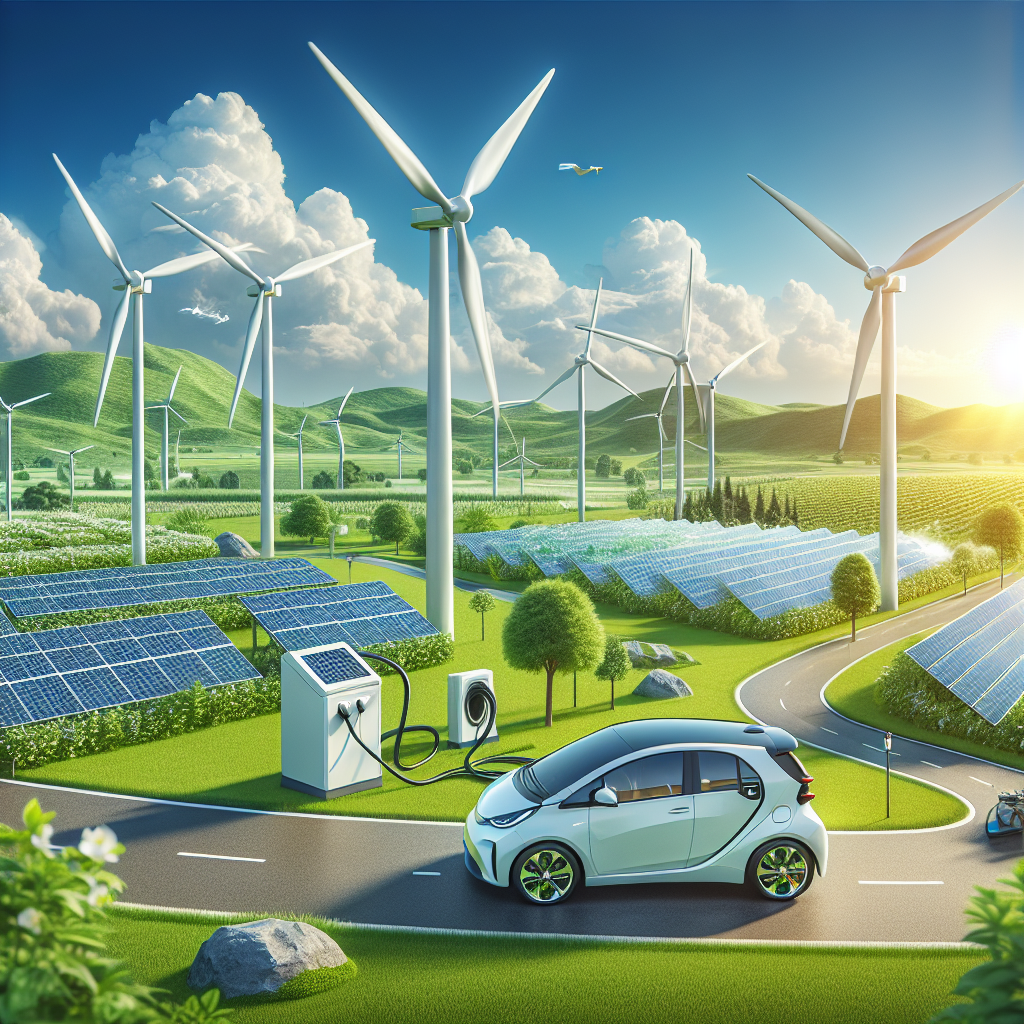Tech Against Climate Change: Innovations Leading the Fight
Climate change poses one of the most significant challenges to humanity today, with its far-reaching impacts on ecosystems, human health, and economies. As the world grapples with the dire predictions and reality of environmental degradation, technology is emerging as a beacon of hope. From renewable energy solutions to advanced monitoring techniques, technological innovations are at the forefront of the battle against climate change. This article explores some of the most promising technologies leading this crucial fight and addresses frequently asked questions about how technology can help mitigate climate impacts.
Renewable Energy Technologies
One of the most critical areas in combating climate change is the transition from fossil fuels to renewable energy sources. Innovations in solar, wind, hydro, and geothermal energy are making these alternatives more efficient, cost-effective, and accessible than ever before.
– Solar Power: Advancements in photovoltaic technology have significantly reduced the cost of solar panels, making solar energy a competitive alternative to traditional energy sources. Innovations such as floating solar farms and solar skins are expanding the possibilities for solar installations, even in limited space areas.
– Wind Energy: Wind turbine technology has evolved, with taller turbines and more efficient blade designs capturing wind energy more effectively. Offshore wind farms, benefiting from stronger and more consistent winds, are contributing increasingly to the energy mix in several countries.
– Hydro and Geothermal Energy: While hydropower remains a leading source of renewable energy worldwide, geothermal energy is gaining traction. Enhanced geothermal systems (EGS), which exploit the earth’s heat from deeper underground, offer a promising clean energy solution that could supply a significant portion of the world’s electricity needs.
Carbon Capture and Storage (CCS)
CCS technologies capture carbon dioxide emissions from sources like power plants and industrial processes, preventing CO2 from entering the atmosphere. Innovations in this field include direct air capture (DAC), where CO2 is removed directly from the atmosphere. Although still in the early stages and expensive, DAC and other CCS technologies could play a crucial role in achieving carbon neutrality.
Sustainable Agriculture
Agriculture contributes significantly to greenhouse gas emissions, but technological innovations are making farming more sustainable. Precision agriculture, using GPS and IoT sensors, allows farmers to optimize the use of water, fertilizers, and pesticides, reducing environmental impact. Meanwhile, developments in plant-based and lab-grown meats are offering sustainable alternatives to traditional livestock farming, with the potential to drastically cut emissions from the agriculture sector.
Smart Cities and Transportation
The integration of technology into urban planning and transport is paving the way for smart cities, with systems designed to reduce energy consumption, manage waste efficiently, and decrease traffic congestion. Electric vehicles (EVs), along with advancements in battery technology, are crucial to this transition. Furthermore, public transport systems are being revamped with the introduction of electric buses, trains, and bike-sharing schemes, contributing to a reduction in urban carbon footprints.
Climate Monitoring and Modeling
Advanced satellites and IoT sensors are enhancing our ability to monitor environmental changes and predict climate patterns. These technologies provide invaluable data for understanding the impacts of climate change and developing strategies to mitigate them. Artificial intelligence (AI) and machine learning are being applied to this data, offering predictive insights that can inform policy and decision-making at all levels.
FAQs
Q: Can technology alone solve climate change?
A: While technology plays a crucial role in addressing climate change, it cannot solve the problem alone. Political will, economic incentives, and individual behavior changes are equally important in mitigating climate impacts.
Q: Is renewable energy technology affordable?
A: Yes, the cost of renewable energy technologies has decreased significantly over the past decade, making them more competitive with fossil fuels. In many cases, renewable energy is now the cheapest source of new electricity generation.
Q: How can individuals contribute to using tech against climate change?
A: Individuals can adopt renewable energy solutions, such as solar panels, support sustainable transportation options like EVs and public transport, and use smart home devices to reduce energy consumption. Supporting policies and companies that prioritize sustainability is also crucial.
Q: What are the limitations of carbon capture and storage technologies?
A: CCS technologies are still in development and are currently expensive. There are also concerns about the long-term storage of captured carbon and the potential for leaks. However, ongoing research aims to address these issues.
Q: Are smart cities really more sustainable?
A: Smart cities have the potential to be more sustainable by using technology to improve efficiency and reduce waste. However, the sustainability of a smart city depends on the specific technologies employed and how they are implemented.
Conclusion
The fight against climate change is a multifaceted battle requiring cooperation across nations, industries, and individuals. Technology offers powerful tools in this fight, from renewable energy to carbon capture and smart cities. While challenges remain, including the need for significant investment and global cooperation, the innovations highlighted in this article offer hope for a sustainable future. As we continue to harness the power of technology against climate change, it’s clear that human ingenuity will be pivotal in shaping the health of our planet for future generations.

